ADAM AND EVE IN PARADISE
JEAN-JOSEPH DUMONS
Tulle 1687 – 1779 Paris
Oil on canvas
Canvas size: 58 × 70 cm
Framed size: 66 × 81 cm
French neoclassical frame, 18th century, decorated with pearls and egg-and-dart motifs
PROVENANCE
France, private collection
The painting Adam and Eve in Paradise recently drew my attention at a French auction. Though the canvas was obscured by surface dirt and oxidized varnish, the quality of execution was immediately apparent. Attributed to the circle of Jean-Joseph Dumons, the work came in a finely carved 18th-century neoclassical frame, bearing a brass plate inscribed with the name of Charles-Antoine Coypel (1694–1752) — perhaps a later association, yet one that reflects the perceived prestige of the composition.
Jean-Joseph Dumons (Tulle, 1687 – Paris, 1779) was a painter, draughtsman, and celebrated designer of tapestry cartoons. A student of François de Troy, Dumons achieved distinction through his decorative compositions, particularly those combining landscape, floral motifs, animals, and classical narratives — subjects well suited to the medium of tapestry. Appointed in 1731 as painter to the Royal Tapestry Manufactory at Aubusson, he provided cartoons over a period of more than two decades, before transferring to the Beauvais Manufactory in 1756. In 1735, he was admitted to the Académie royale de peinture et de sculpture as a history painter, presenting a major composition of Adam and Eve as his reception piece. The finished version is today housed at the École des Beaux-Arts in Paris, while the preliminary oil sketch is preserved at the Musée des Beaux-Arts de la Ville de Paris.
The painting currently in our gallery may be identified as a small-scale variant of Dumons’ reception piece, adapted to a horizontal format that suggests a decorative function — possibly as part of a dessus-de-porte ensemble. Its precise drawing, closely observed details, and chromatic harmony indicate access to the original composition. Based on these qualities, the work can be dated to the 1740s, a decade in which Dumons was still actively producing easel paintings and tapestry models.
This dating is further supported by the figure style: the elongated female body with softly defined features corresponds to the ideals of female beauty in the 1730s and 1740s. By the 1750s, under the influence of François Boucher, the dominant canon had shifted toward more rounded forms, expressive poses, and a lighter, more coquettish aesthetic. The present painting, by contrast, reflects the graceful restraint of earlier Rococo classicism.
In assessing Dumons’ place in the broader narrative of French painting, one must consider his artistic debt to his teacher, François de Troy. In the 1730s and 1740s, de Troy produced a series of pastoral elegies, often illustrating episodes from Ovid's Metamorphoses set within expansive landscapes — works such as Clytie Turning into a Sunflower (Meaux, Musée Bossuet), Zephyr and Flora (formerly in the 18th-century collection of Chevalier Lambert and seen in New York in the 1990s, private collection), and above all Salmacis and Hermaphroditus, once in the collection of King Stanisław August Poniatowski and known through the engraving by Jean Daullé.
Like these compositions, Dumons’ Adam and Eve adopts a tranquil, pastoral idiom rather than a tragic or moralizing one. The moment of the Fall is reinterpreted as a contemplative tableau — a transformation of narrative tone that owes much to de Troy’s model. This reinterpretation subtly shifts the semantic weight of the scene: the drama of expulsion is softened into a serene bucolic vision, one that aligns more with courtly tastes and decorative refinement than with doctrinal rigor.




















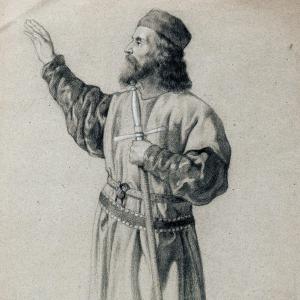



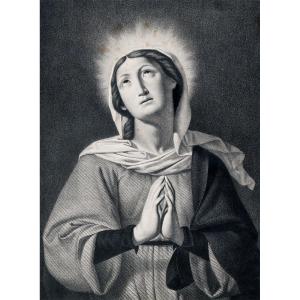


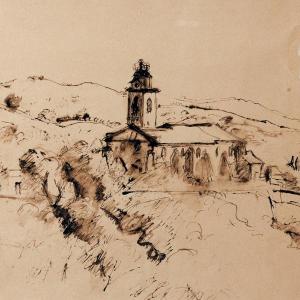
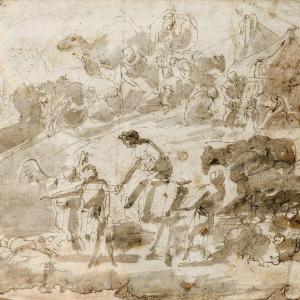


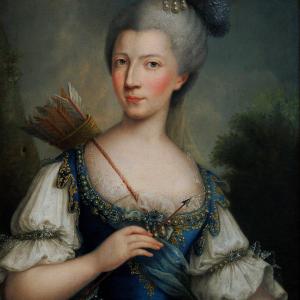
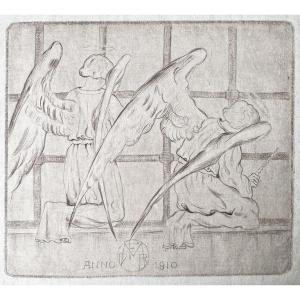
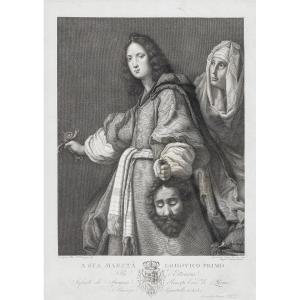
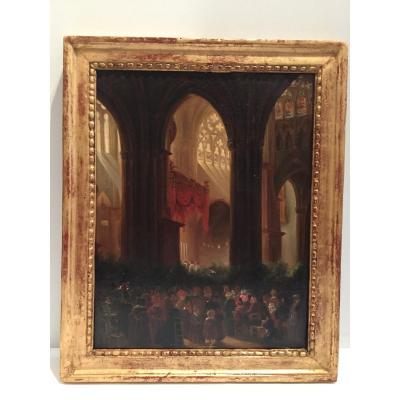
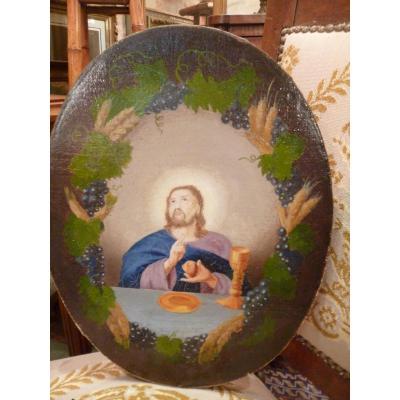

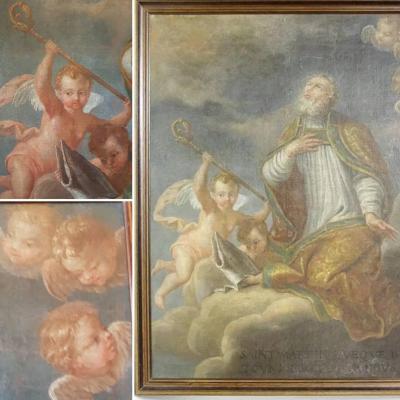




 Le Magazine de PROANTIC
Le Magazine de PROANTIC TRÉSORS Magazine
TRÉSORS Magazine Rivista Artiquariato
Rivista Artiquariato